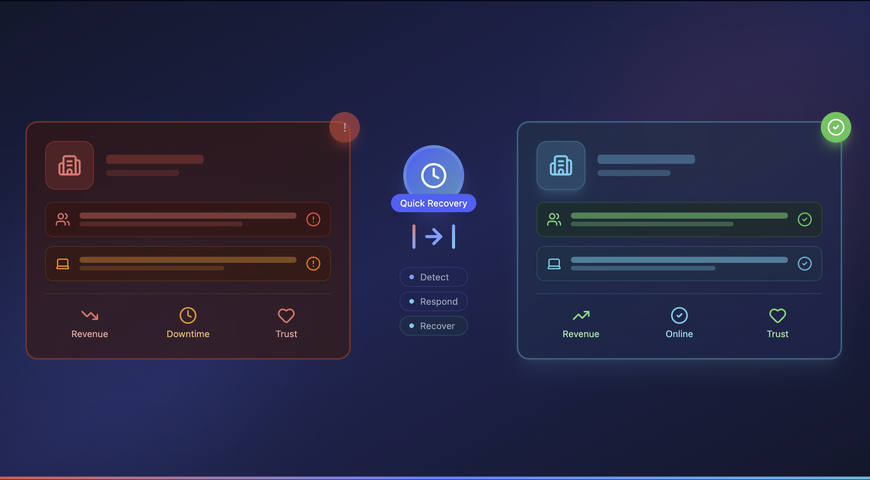Virtual desktop infrastructure (VDI) has been around for years, but the high cost of deployment and issues of scale and performance have traditionally kept most small and mid-size enterprises from adopting the technology. But, the recent boom in mobile technology – along with dramatic improvements in VDI – has changed the landscape a bit. With BYOD becoming more prevalent, some are pushing VDI as a solution to access their work “computer” from any device and any location.
VDI has become a popular platform among IT teams trying to better centralize and manage this new diversity of devices, but will employees really use it or will they hop onto the next big thing as soon as it’s available? Is VDI technology a final solution or just a means to the end for workers wanting to achieve a more seamless and productive experience?
What Workers Want
When employees are using a new device for work, it has to be effective, efficient and easy. VDI has come a long way in meeting those criteria, but, these days, employees don’t want a desktop experience on their phones and tablets, they want a fully-fledged mobile experience that allows them to access their data and files across every platform.
The touchscreen interface of an Android phone or an Apple iPad aren’t designed for the traditional desktop experience and people aren’t using them with that in mind.. Right now, the key is to find a reliable way that allows employees to start working on something from one device and then continue working from another device, with no interruption or downtime.
In the coming years, we’ll see this become a bigger issue as people rely on mobile devices more and desktop (or even laptop) computers less. After all, IDC found that PC sales dropped by 14 percent in the first quarter of 2013, the biggest recorded drop in a single quarter since the company started tracking the data in 1994. Meanwhile, Cisco expects mobile devices to outnumber the number of people on earth by the end of this year. With this trend showing no sign of slowing, whole programs and interfaces may have to be reimagined to accommodate a more seamless mobile experience that goes beyond VDI.
Creating an Agnostic Access Point
As mobile devices become the predominant force in the workplace, data will have to become agnostic instead of platform-dependent. This will be another problem for VDI solutions, because, no matter what device employees are using, they are going to expect an intuitive interface and real-time file-syncing. For instance, if you start working on something on your iPad at the kitchen table in the morning, your updated work-in-progress should be instantly accessible at the office from your computer when you get in later.
There’s no telling what new kinds of devices and apps will be available for workers next year. Already, we’re seeing Google Glass gain attention as a possible business device and there are whispers that Apple’s iWatch will hit the marketplace soon, too. Some apps and programs will naturally become mobile-exclusive, but employees will still want to work with data and on files across devices.
That’s why it’s IT’s job to build a bridge between the old world and the new, from computer to tablet, from laptop to smartphone, and from desktop to whatever device is next. Companies can’t always prepare for the next wave of innovation in the tech world, but they can go beyond VDI to make sure they provide the seamless, mobile experience employees have to come to expect – no matter what device they’re using.
About Acronis
A Swiss company founded in Singapore in 2003, Acronis has 15 offices worldwide and employees in 50+ countries. Acronis Cyber Protect Cloud is available in 26 languages in 150 countries and is used by over 21,000 service providers to protect over 750,000 businesses.



